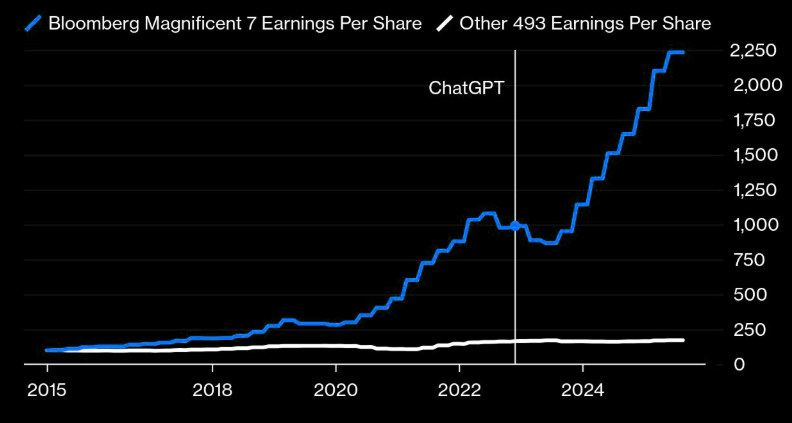Here is what you need to know on Tuesday, August 20:
Major currency pairs seem to have stabilized in the European morning on Tuesday as investors await the next catalyst. Eurostat will release revisions to July inflation data later in the session and Statistics Canada will publish Consumer Price Index data for July later in the day. Market participants will also pay close attention to comments from Federal Reserve (Fed) officials.
After starting the week under bearish pressure, the US Dollar (USD) continued to weaken against its major rivals in the second half of the day on Monday as the bullish action in Wall Street pointed to an improving risk mood. In the early European session, US stock index futures trade marginally higher on the day and the USD Index holds steady slightly below 102.00.
US Dollar PRICE This week
The table below shows the percentage change of US Dollar (USD) against listed major currencies this week. US Dollar was the weakest against the New Zealand Dollar.
| USD | EUR | GBP | JPY | CAD | AUD | NZD | CHF | |
|---|---|---|---|---|---|---|---|---|
| USD | -0.51% | -0.39% | -0.41% | -0.41% | -0.90% | -1.36% | -0.42% | |
| EUR | 0.51% | 0.04% | 0.13% | 0.11% | -0.49% | -1.02% | 0.06% | |
| GBP | 0.39% | -0.04% | -0.06% | 0.03% | -0.54% | -1.00% | 0.01% | |
| JPY | 0.41% | -0.13% | 0.06% | -0.07% | -0.53% | -0.84% | -0.15% | |
| CAD | 0.41% | -0.11% | -0.03% | 0.07% | -0.53% | -0.88% | -0.06% | |
| AUD | 0.90% | 0.49% | 0.54% | 0.53% | 0.53% | -0.38% | 0.55% | |
| NZD | 1.36% | 1.02% | 1.00% | 0.84% | 0.88% | 0.38% | 0.97% | |
| CHF | 0.42% | -0.06% | -0.01% | 0.15% | 0.06% | -0.55% | -0.97% |
The heat map shows percentage changes of major currencies against each other. The base currency is picked from the left column, while the quote currency is picked from the top row. For example, if you pick the US Dollar from the left column and move along the horizontal line to the Japanese Yen, the percentage change displayed in the box will represent USD (base)/JPY (quote).
EUR/USD gained 0.5% for the second consecutive trading day on Monday and reached its highest level since late December near 1.1090. Early Tuesday, the pair stays in a consolidation phase at around 1.1080. The European Central Bank (ECB) will release the Negotiated Wage Rates data for the second quarter later in the day.
During the Asian trading hours, the People’s Bank of China (PBoC) announced that it left the one-year and five-year Loan Prime Rates (LPRs) unchanged at 3.35% and 3.85%, respectively. This decision came in line with the market expectation.
The minutes of the Reserve Bank of Australia's (RBA) August policy meeting showed that the board members considered a case to raise rates but decided that a steady outcome would better balance the risks. The central bank further stated that the cash rate might have to stay steady for an "extended period." After rising nearly 1% and reaching its highest level in a month on Monday, AUD/USD retreated slightly and was last seen trading above 0.6700. Meanwhile, NZD/USD preserves its bullish momentum and trades at a fresh six-week-high at around 0.6130.
Inflation in Canada, as measured by the change in the CPI, is forecast to edge lower to 2.5% on a yearly basis in July from 2.7% in June. USD/CAD trades marginally lower on the day near 1.3620 early Tuesday after losing 0.3% on Monday.
GBP/USD extended its uptrend and reached its highest level in over a month at 1.3000 during the Asian trading hours on Tuesday. The pair stays slightly below this level to start the European session.
USD/JPY recovered from the two-week-low it touched on Monday but closed the day deep in negative territory. The pair edges higher toward 147.00 in the European morning on Tuesday.
Gold corrected lower toward $2,480 on Monday but regained its traction in the American session to close the day slightly above $2,500. Early Tuesday, XAU/USD fluctuates in a tight channel at around $2,505.
Risk sentiment FAQs
In the world of financial jargon the two widely used terms “risk-on” and “risk off'' refer to the level of risk that investors are willing to stomach during the period referenced. In a “risk-on” market, investors are optimistic about the future and more willing to buy risky assets. In a “risk-off” market investors start to ‘play it safe’ because they are worried about the future, and therefore buy less risky assets that are more certain of bringing a return, even if it is relatively modest.
Typically, during periods of “risk-on”, stock markets will rise, most commodities – except Gold – will also gain in value, since they benefit from a positive growth outlook. The currencies of nations that are heavy commodity exporters strengthen because of increased demand, and Cryptocurrencies rise. In a “risk-off” market, Bonds go up – especially major government Bonds – Gold shines, and safe-haven currencies such as the Japanese Yen, Swiss Franc and US Dollar all benefit.
The Australian Dollar (AUD), the Canadian Dollar (CAD), the New Zealand Dollar (NZD) and minor FX like the Ruble (RUB) and the South African Rand (ZAR), all tend to rise in markets that are “risk-on”. This is because the economies of these currencies are heavily reliant on commodity exports for growth, and commodities tend to rise in price during risk-on periods. This is because investors foresee greater demand for raw materials in the future due to heightened economic activity.
The major currencies that tend to rise during periods of “risk-off” are the US Dollar (USD), the Japanese Yen (JPY) and the Swiss Franc (CHF). The US Dollar, because it is the world’s reserve currency, and because in times of crisis investors buy US government debt, which is seen as safe because the largest economy in the world is unlikely to default. The Yen, from increased demand for Japanese government bonds, because a high proportion are held by domestic investors who are unlikely to dump them – even in a crisis. The Swiss Franc, because strict Swiss banking laws offer investors enhanced capital protection.
Tags: Featured,newsletter
































